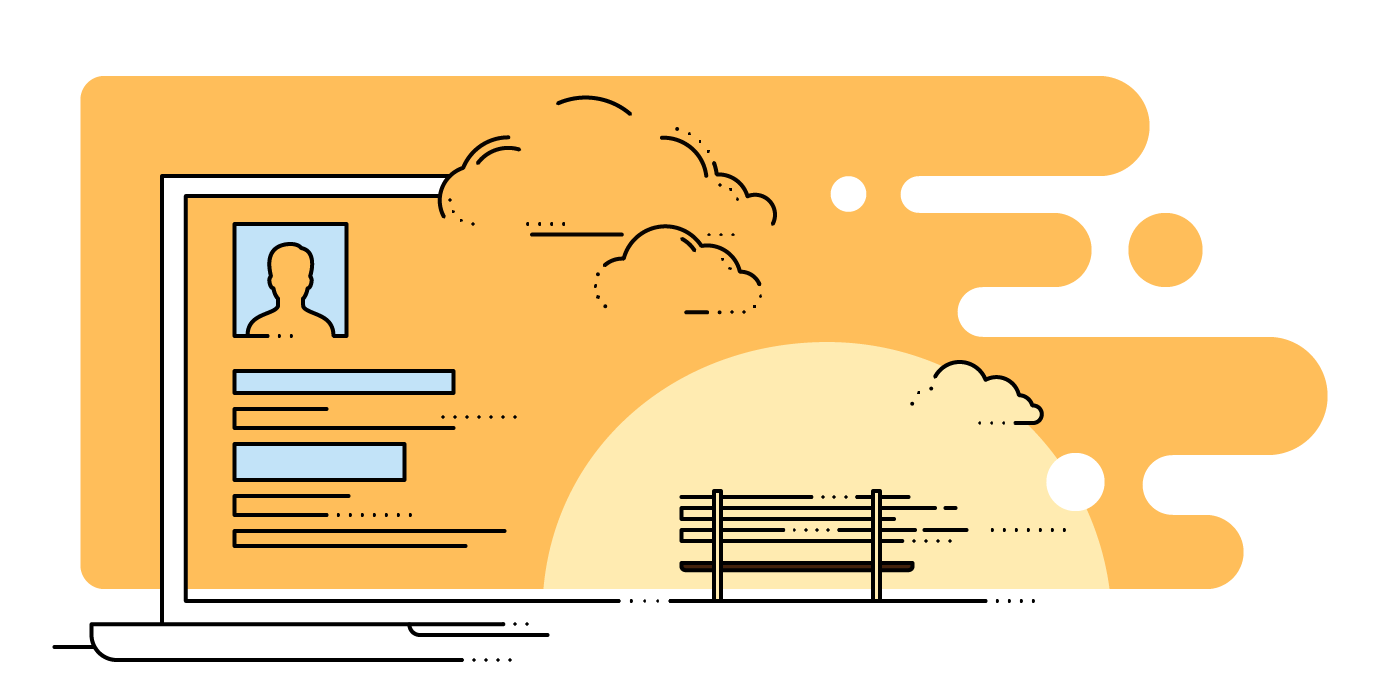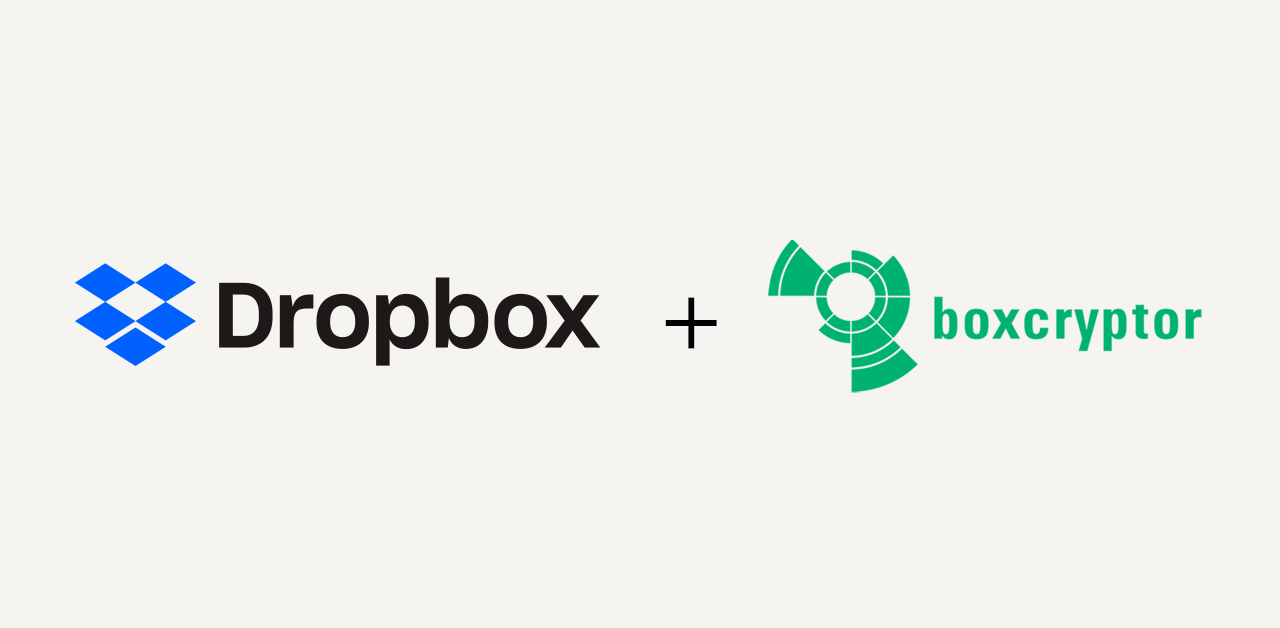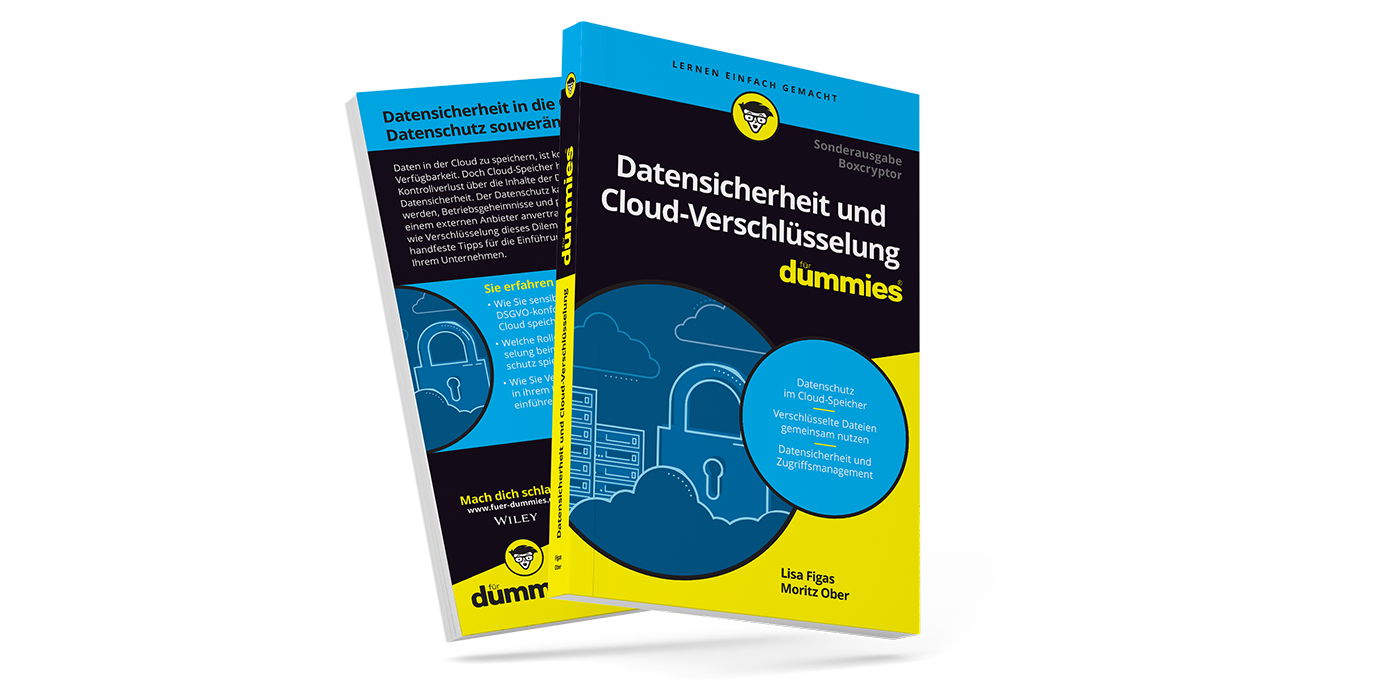Digital Legacy: Who Inherits Files and Accounts?
Testament, funeral, mourning and legacy. These are four words that most people associate with the following: The testament regulates the handling of the estate and the inheritance; funerals allow relatives to collectively mourn and say goodbye. But during new means of communication such as the Internet, death and how it is dealt with are also changing.
Users now enter their names in digital condolence books, light a candle online or post memories and expressions of grief on their timelines. Some replace their profile pictures with a shared photo or even the obituary to express sympathy and condolences. Grief is increasingly happening online. In the process, digital identities can outlive their owners.
What Is Digital Legacy?
Very few people have any idea what the term digital legacy stands for. The term “digital legacy” describes cross media all data that is accumulated throughout a lifetime. These are, on the one hand, current contracts that are managed online and, on the other hand, data left behind that can be assigned to the person of the deceased. This includes profiles on social networks such as Facebook and Twitter, but also dating sites, email accounts, access to online banking and online payment services such as PayPal. Of course, blogs and websites that the deceased operated are also included. Additionally, shopping accounts and streaming subscriptions are to be considered.
Now the question arises as to what can be arranged as a precautionary measure with the individual social and digital platforms before the passing so that organizational matters are simplified those left behind. You will find a list of these below.
Google offers a function to set up to ten legacy contacts for all its services. You can add them under “My Account” -> “Data & personalization” -> “Download, delete or make a plan for your data” -> “Make a plan for your account”.
The enrolled people will receive a notification after a certain period of inactivity and - if set - the option to download account data from selected Google accounts. Alternatively, you can also set the account to be deleted. With Gmail, there is a function where contacts receive a notification if the account is inactive for a longer period.
Facebook offers the option to set the profile to a memorial state after death. This causes the phrase "In memory of" to appear in front of the profile name. Relatives and friends could then still post a message on their wall. However, this memorial state can only be established if a relative informs Facebook of the passing with a copy of the death certificate.
If you would like a specific person to have the right to manage your memorial page, you can designate a legacy contact in your profile settings as a precaution. This can be found under “Settings” -> “Your Facebook information” -> “Account ownership and control”.
If you do not wish to be set into the memorial state, it is worthwhile to already note in the settings that your profile should be permanently deleted after death. The permanent deletion can also be requested by relatives, but only if it is specified in the profile settings that you do not want a memorial state.
A setting that regulates the digital estate is currently not possible on Instagram. After death, family members can request on Instagram that this profile should be set into a memorial state. For this, it must be proven that the person has died, e.g., by providing a link to an obituary or a death notice in the newspaper. Family members of the deceased person can request to permanently delete the account. To do so, however, it must be proven that this person is an immediate family member, for example, through the birth or death certificate of the deceased person.
It is also not possible to regulate on Twitter what should happen to the account after death. When a Twitter user passes away, either a person authorized according to probate rules or a verifiable immediate family member can contact Twitter to deactivate the account. To do so, you will need to submit a deletion request and provide relevant documents, such as an ID card and death certificate.
With WhatsApp, just like with Twitter, it is not possible to regulate what should happen to the WhatsApp account after death. However, within the help section of WhatsApp is described what happens to inactive accounts. It states that WhatsApp accounts are usually deleted after 120 days of inactivity. This means that a user has not connected via WhatsApp. If a user has WhatsApp on their phone without an internet connection, the account is considered inactive.
TikTok
With TikTok, as with Twitter and WhatsApp, there is no option to make a setting that governs what should happen to the account after death. However, if the account is inactive for a longer period, it will be deleted. For relatives to delete the account, you need the login data of the deceased. If these are available, you can proceed as follows:
- Log in to the TikTok account
- Tap on the three-dot icon at the top of the profile page
- Select “Manage my account”
- Tap on “Delete account”
- Receive and enter the confirmation code (the confirmation code will be sent by SMS to the registered cell phone number or by e-mail to the registered e-mail address)
- Tap on “Delete account" again
This job platform does not allow users to make specific settings prior to their death. However, after your passing, relatives can fill out an online form to have the profile deleted. The following information is required for this:
- Name of the deceased
- URL for the deceased's profile on LinkedIn
- Relationship to the deceased member
- Email address of the deceased
- Date of death
- Link to obituary
- Company where the deceased member last worked
Yahoo Mail
According to the TOS, neither the Yahoo account nor its content is transferable, even if the account owner has passed away. Therefore, Yahoo cannot issue passwords or grant access to the accounts of deceased users. Yahoo does, however, offer the ability to request the closure of a relative's account, cancellation of billing and premium services, as well as the deletion of content to protect privacy. To make such a request, Yahoo requires certain documentation:
- A letter containing the request and the Yahoo ID of the deceased
- A copy of a document naming the requestor as the personal representative or executor of the deceased's estate
- A copy of the Yahoo account owner's death certificate
- A copy of the applicant's identification card
What Else You Can Do
1. A list of all used online accounts, profiles, and subscriptions including access data.
Here the focus lies on subscriptions because if a person dies, all rights and obligations of the deceased are transferred to the heirs. This means that all contracts that incur ongoing costs must continue to be paid. However, if all subscriptions are listed with access data, heirs can act more quickly and stop unnecessary payments.
2. Determine what should happen to the content.
Do you want to have your numerous posted photos backed up? Would you like all profile content deleted? Are there emails that need to be kept? At this point, it is important that you record exactly what should be done with the content.
3. Designate and instruct a trusted person.
Who can you trust to manage your digital legacy? It is best to discuss this with a trusted person now. Do not forget that it can be very upsetting for relatives to go through the accounts you have left behind. Talk openly with your closest confidants about how your digital legacy should be handled.
4. Delete data regularly.
Data that you do not want anyone to get their hands on is best deleted from time to time. This could include emails, chat messages, browsing history or photos.
Best Practice: Password Manager
A password manager is a software that helps you store and manage your passwords as well as secret numbers like PIN codes in an encrypted way. Most password managers can also generate strong passwords.
These programs are available for Windows, LINUX and macOS computers as well as for iPhone and Android devices. The browser plugins are particularly useful as they allow inserting secure passwords with one click. Credit card and bank data, software licenses, WIFI passwords, driver's license data and co. can also be stored securely in the password manager.
Having such a password manager is very useful both now and after death. This gives the those left behind a good opportunity to quickly get an overview of your digital legacy. However, do not forget to include the master password in your will.
Secure Encryption During Your Lifetime and After Your Death
To ensure that your data is securely encrypted during your lifetime and after your passing, you can use a cloud encryption solution. Boxcryptor encrypts your files on your device before syncing them to the cloud. This ensures the highest possible protection of your data. The software can be used with Dropbox, Google Drive, iCloud Drive, and Microsoft OneDrive as well as many other. You retain full control over your content in the cloud, as data is protected with AES-256 and RSA encryption before synchronization. Due to the zero-knowledge standard, even we at Boxcryptor cannot access your data.
By encrypting files in your cloud, you protect the confidentiality of their private information. This is especially important if you want to store sensitive company data or personal information that you do not want to see in the wrong hands.
Conclusion
Although everyone is aware of the finite nature of their lives, very few prepare for their demise. In most cases, the management of digital legacy remains a task for the relatives. Therefore, it is more important to deal with this and determine what should happen to the data after death.


